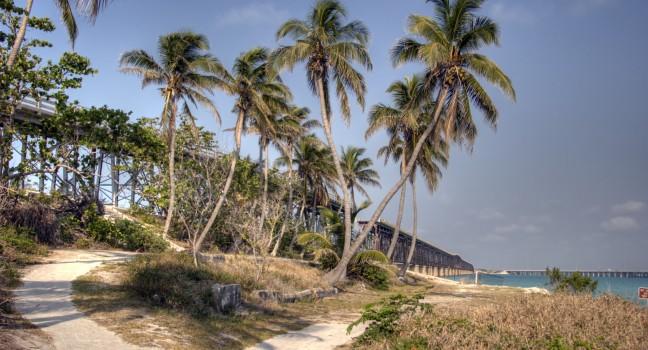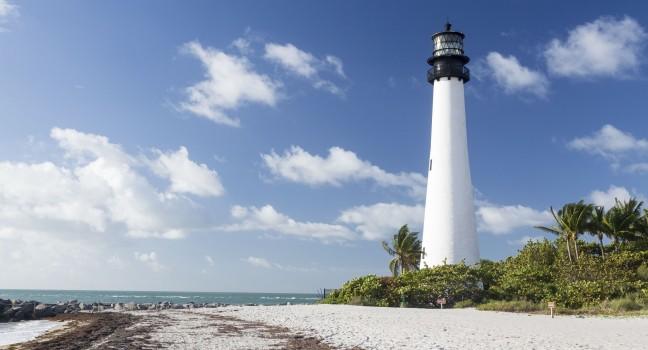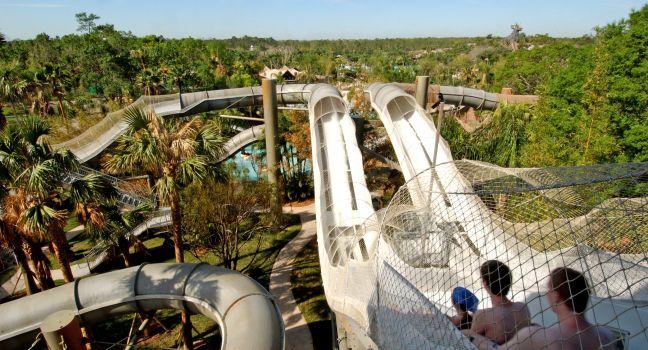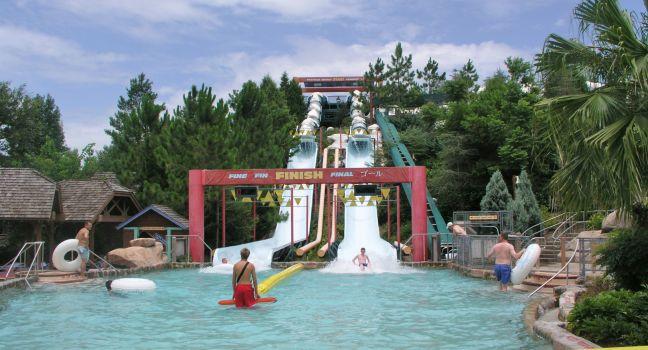Amazing Adventures of Spider-Man
One of Universal's most popular attractions, the experience combines moving vehicles, 3-D film with the highest-definition resolution available, simulator technology, and special effects. What does that mean? It means that after donning 3-D glasses, you drive through the streets of New York in a special car that will pitch and roll as you get swept into a weird, all-encompassing cartoon battle. How weird? When Spider-Man lands on your car, you experience the bump; when Electro runs overhead, you hear his steps. You feel the sizzle of electricity, the frigid spray of water from Hydro Man, and the heat from a flaming pumpkin tossed by the Hobgoblin. No matter how many times you visit, you cringe when Doc Ock breaks through a brick wall, raises your car to the top of a skyscraper, and then releases it for a 400-foot free fall. The bizarre angles and perspectives really do make you feel as if you're swinging from a web. Do not miss this one.
Youngsters accustomed to action TV shows should be fine, but timid kids won't. Also skip this ride if you're pregnant or have heart, back, or neck problems. For people with disabilities: Equipped for assisted-listening devices. Guests using wheelchairs must transfer to a ride vehicle. Use Express Pass or come early or at dusk to save on your wait time. Be sure to check out the wanted posters of Spider-Man villains on the walls.







